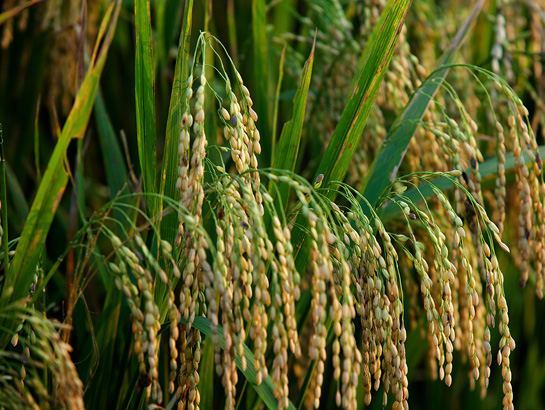HarvestPlus and the Food and Agriculture Organization of the United Nations (FAO) have released a joint brief on biofortification that presents the latest research evidence and implementation lessons learned on how this agriculture-based nutrition solution can contribute to improved food systems and public health for all.
The objective of the brief, Biofortification: A food-systems solution to help end hidden hunger, is to “encourage the adoption and scaling up of biofortification through national policies and programs, with collaborative support from FAO and HarvestPlus,” according to the Introduction. The brief has been distributed to staff of both organizations and is also available publicly to inform policy, program, and advocacy work.
HarvestPlus and FAO “are working together to integrate conventionally bred, biofortified staple crops and foods into national and global food systems,” writes Anna Lartey, Director of the Food and Nutrition Systems Division of the FAO, and Arun Baral, CEO of HarvestPlus, in a forward. They add: “This brief describes our existing areas of collaboration and is intended to inspire FAO staff to develop more opportunities to reach more people with the benefits of biofortification.”
“FAO and HarvestPlus have a shared goal to contribute toward achievement of the Sustainable Development Goals, particularly those targeting zero hunger and good health and well-being. By combining our respective areas of expertise, we will be able to generate more impact,” Lartey and Baral note.
The brief concisely summarizes a wealth of essential information, including:
- Availability, agronomic, and nutritional properties of biofortified crops worldwide;
- Evidence on farmer adoption and consumer acceptance, the nutrition and health benefits, and the cost-effectiveness of biofortified foods;
- Figures on the number of people growing and benefiting from biofortified crops;
- Answers to frequently-asked questions about biofortification.
The brief also shares practical guidance on successfully integrating biofortification into policies and programs aimed at addressing malnutrition. The brief identifies types of policies to target, recommends specific actions (such as support for strengthening of crop breeding programs or strengthening systems for multiplying and marketing seed and planting material), and also includes guidance for decisionmakers on the costs of implementing biofortification.
The brief builds on existing and previous collaborations between FAO and HarvestPlus to deploy biofortification to create healthier food systems. For example, case studies include the FAO-managed Livelihoods and Food Security Program (LFSP) in Zimbabwe that focuses on improving food security and reducing poverty with vitamin A orange maize and high iron beans. HarvestPlus is a strategic partner on the project with FAO, which is funded by the Government of the United Kingdom through the Department for International Development. The project has reached more than 250,000 households to date with 250 metric tons of biofortified foods.
HarvestPlus and FAO will also be working together in the Democratic Republic of Congo (DRC) under a World Bank-funded loan to the Ministry of Health for a multi-sectoral nutrition program. HarvestPlus will supply iron beans for inclusion in seed packets that the FAO will distribute as part of efforts to diversify agricultural production. FAO is already distributing iron beans in a separate project in DRC.
For more information about the joint HarvestPlus-FAO brief and other collaborations, contact: Jenny Walton: [email protected]
